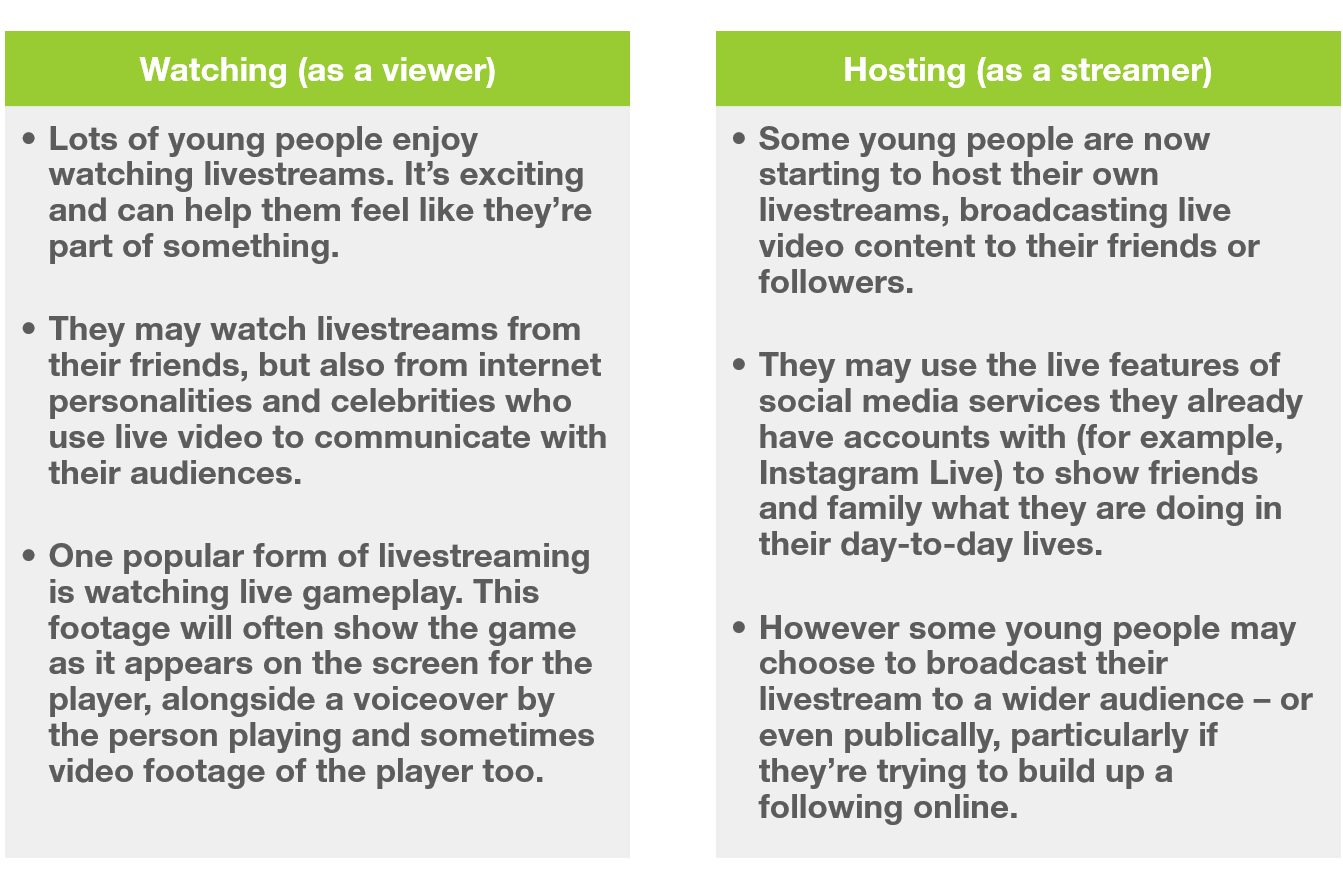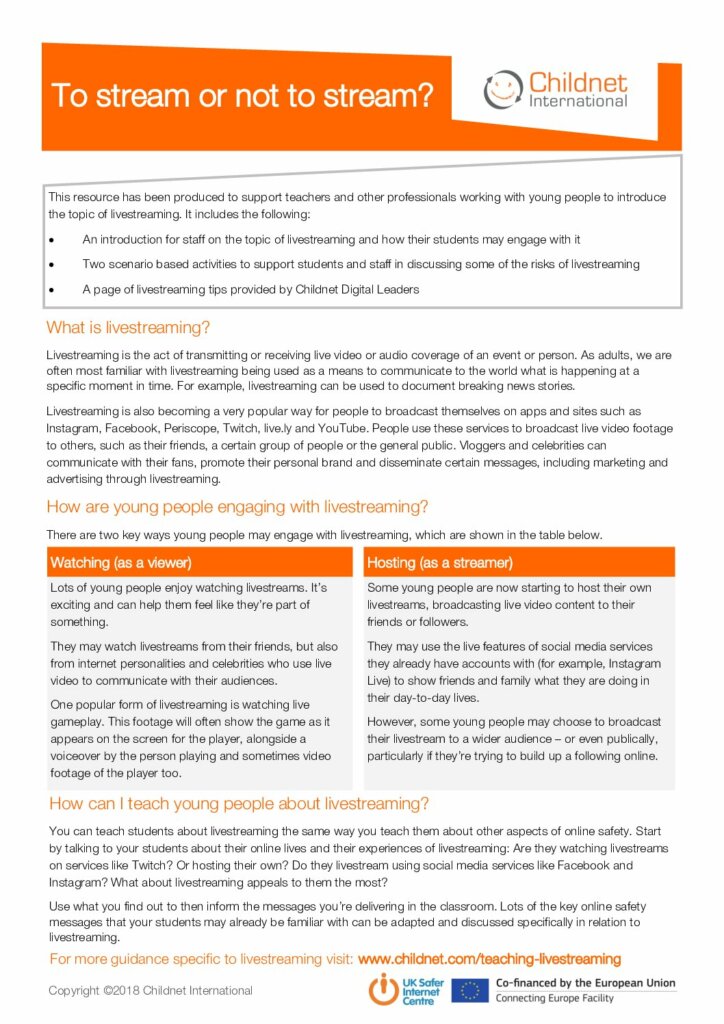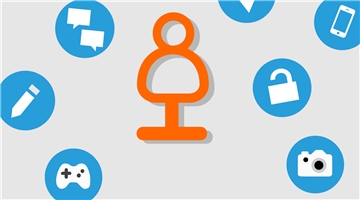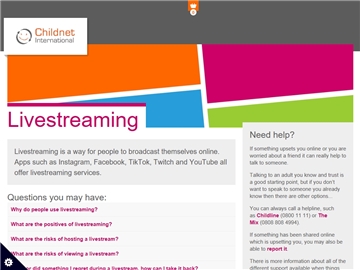Livestream
[verb]
To transmit or receive live video and audio coverage of an event or person over the Internet.
What is livestreaming?
Livestreaming is becoming a very popular way for people to broadcast themselves on apps and sites such as Snapchat, TikTok, Twitch and Instagram.
People use these services to broadcast live video footage to others, such as their friends, a certain group of people or the general public. On some services this footage is also recorded and available to view after the livestream has ended.
Vloggers and celebrities communicate with their fans, promote their personal brand and disseminate certain messages, including marketing and advertising through livestreaming.
Livestreaming is also used as a means to communicate to the world what is happening at a specific moment in time. For example, livestreaming can be used to document breaking news stories. On many occasions this footage is used by some of the large media channels in order to document a breaking story.
How are young people engaging with livestreaming?
There are two key ways young people may engage with livestreaming, shown below.

What are the key risks associated with watching livestreams?
Click on the categories below to find out more:
Young people can never be sure exactly what they might see or hear on a livestream and there’s a risk they might be exposed to inappropriate or adult content such as explicit language or nudity.
It’s important young people think before they watch and know what to do if they experience something upsetting or inappropriate. For example they could make a report to the service they are using or speak to an adult they trust.
Lots of livestreaming services also provide a chat function alongside the video. Young people need to remember when participating in the chat that they may be in contact with strangers who they do not know face-to-face. Young people need to be aware of what they should and shouldn’t share with strangers and the dangers of agreeing to meet up with someone they only know online.
Vloggers and celebrities communicate with their fans and disseminate certain messages, including marketing and advertising through livestreaming. Young people need to think critically about the content they’re seeing to recognise what is opinion and what is fact. Be aware that some livestreamers will also ask for money from viewers (as a donation or to support them in their livestreamed activities) and young people should know that they are never obligated to contribute.
What are the key risks associated with hosting livestreams?
Click on the categories below to find out more:
Young people who are livestreaming their own video content need to think very carefully about what they are showing, doing and saying.
Live content is available to an audience as it happens – whilst some services provide the option to edit or delete the content after the stream has ended, the initial broadcast cannot be taken back and any audience seeing it live will see the unedited version.
Young people should think carefully about the dangers of revealing personal information, including their location – in what they say, what they do and even what is visible in the background of their video.
Additionally, it’s important to remember that content which is broadcast as part of a livestream could become part of a young person’s digital footprint. The audience of a livestream or the service where it is hosted may keep a recording of the stream or somebody could take a screenshot which could be made available after the original stream has ended or expired.
The chat function provided by lots of livestreaming services allows the audience to communicate with the streamer. Young people who are streaming their own content should be aware that depending on their privacy settings, they may be contacted by people who they do not know offline and who are strangers.
There is a risk that sometimes viewers of a stream will make hurtful comments, inappropriate requests or offer money or praise in exchange for streamers undertaking certain behaviours on camera – young people need to be aware that they is never any obligation to participate in this and that they should speak to an adult they trust to get help in these situations.
Teaching About Livestreaming
You can teach students about livestreaming the same way you teach them about other aspects of online safety. Start by talking to your students about their online lives and their experiences of livestreaming: Are they watching livestreams on services like Twitch? Or hosting their own? Do they livestream using social media services like Facebook and Instagram? What about livestreaming appeals to them the most?
Use what you find out to then inform the messages you’re delivering in the classroom. Lots of the key online safety messages that your students may already be familiar with can be adapted and discussed specifically in relation to livestreaming.
However your students are engaging with livestreaming, focus on the key online safety messages and use examples to make them relevant. You may want to discuss:
- The importance of keeping personal information safe,
- What tools are available to keep young people safe on different services,
- What to do if you see or hear something that worries or upsets you online,
- Things to be aware of when communicating with strangers online,
- The importance of thinking critically about all online content,
- The importance of showing respect online and positive commenting,
- Self esteem and healthy relationships online.
 As part of our work in the UK Safer Internet Centre
As part of our work in the UK Safer Internet Centre




